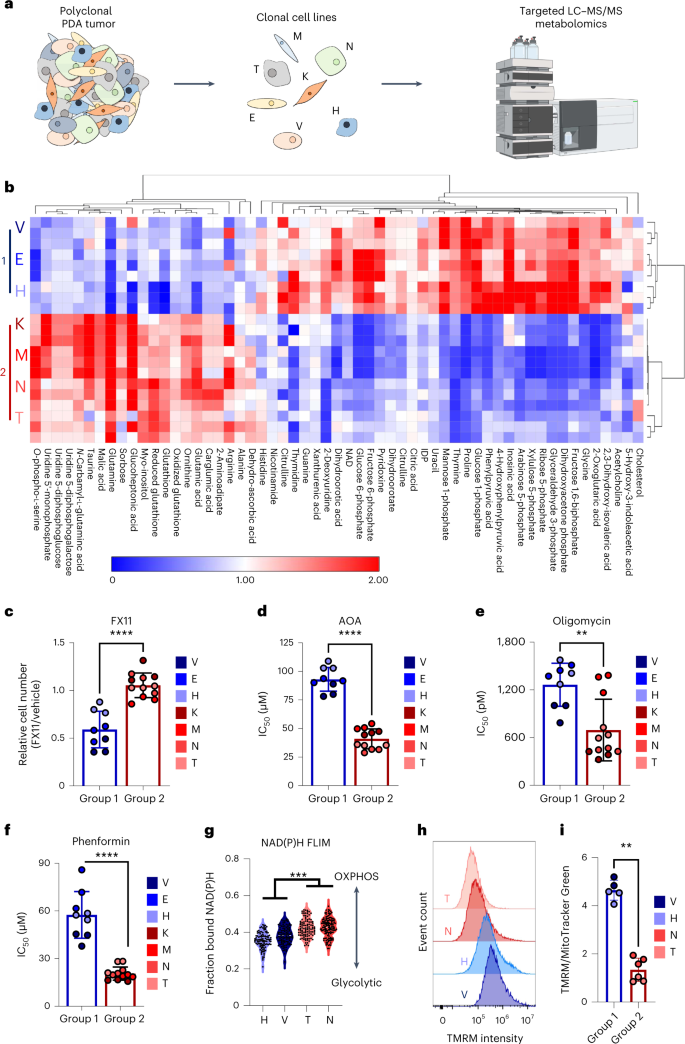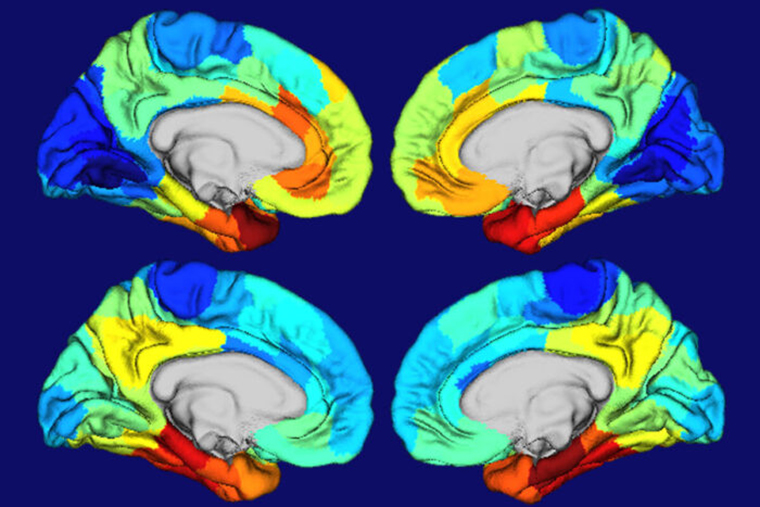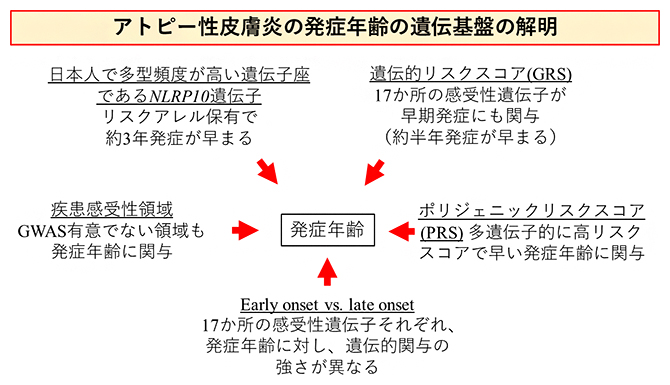UCI率いるチームの発見は、膵臓がんの治療法の改善につながる可能性がある UCI-led team’s finding could help improve treatments for pancreatic cancer
2022-11-21 カリフォルニア大学校アーバイン校(UCI)
研究者らは、腫瘍内に2種類のPDAタイプのがん細胞が存在し、それぞれが異なる代謝過程を持つことを発見した。
研究チームは、一方の細胞は、がん治療でよく使われるミトコンドリア毒に弱いにもかかわらず、もう一方の細胞から受け取るアスパラギンというアミノ酸の助けを借りて生き延びていることを発見した。後者は、ストレスに反応してアスパラギンを過剰に生産するため、十分な量のアスパラギンを共有することができる。
その後、アスパラギナーゼという酵素を使って、ミトコンドリア毒に対する腫瘍の脆弱性を回復させることができることを発見した。
科学者達は、クローン化したヒトとマウスのPDA腫瘍細胞と単細胞RNAシーケンスを用いて、代謝共生モデルの検証を行いました。そして、前臨床モデルを使って、もう一つの重要な発見をした。
ミトコンドリアの強力な毒であるフェンフォルミンをアスパラギナーゼと一緒に腫瘍に投与したところ、腫瘍の成長が止まった。
<関連情報>
- https://news.uci.edu/2022/11/21/lethal-cancer-cells-buddy-up-to-survive/
- https://www.nature.com/articles/s43018-022-00463-1
統合ストレス応答とアスパラギン産生の差異が、膵臓腺がん細胞の共生と治療抵抗性を促進する Differential integrated stress response and asparagine production drive symbiosis and therapy resistance of pancreatic adenocarcinoma cells
Christopher J. Halbrook,Galloway Thurston,Seth Boyer,Cecily Anaraki,Jennifer A. Jiménez,Amy McCarthy,Nina G. Steele,Samuel A. Kerk,Hanna S. Hong,Lin Lin,Fiona V. Law,Catherine Felton,Lorenzo Scipioni,Peter Sajjakulnukit,Anthony Andren,Alica K. Beutel,Rima Singh,Barbara S. Nelson,Fran Van Den Bergh,Abigail S. Krall,Peter J. Mullen,Li Zhang,Sandeep Batra,Jennifer P. Morton,Ben Z. Stanger,Heather R. Christofk,Michelle A. Digman,Daniel A. Beard,Andrea Viale,Ji Zhang,Howard C. Crawford,Marina Pasca di Magliano,Claus Jorgensen & Costas A. Lyssiotis
Nature Cancer Published:21 November 2022
DOI:https://doi.org/10.1038/s43018-022-00463-1

Abstract
The pancreatic tumor microenvironment drives deregulated nutrient availability. Accordingly, pancreatic cancer cells require metabolic adaptations to survive and proliferate. Pancreatic cancer subtypes have been characterized by transcriptional and functional differences, with subtypes reported to exist within the same tumor. However, it remains unclear if this diversity extends to metabolic programming. Here, using metabolomic profiling and functional interrogation of metabolic dependencies, we identify two distinct metabolic subclasses among neoplastic populations within individual human and mouse tumors. Furthermore, these populations are poised for metabolic cross-talk, and in examining this, we find an unexpected role for asparagine supporting proliferation during limited respiration. Constitutive GCN2 activation permits ATF4 signaling in one subtype, driving excess asparagine production. Asparagine release provides resistance during impaired respiration, enabling symbiosis. Functionally, availability of exogenous asparagine during limited respiration indirectly supports maintenance of aspartate pools, a rate-limiting biosynthetic precursor. Conversely, depletion of extracellular asparagine with PEG–asparaginase sensitizes tumors to mitochondrial targeting with phenformin.


